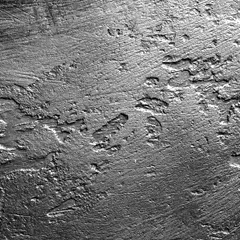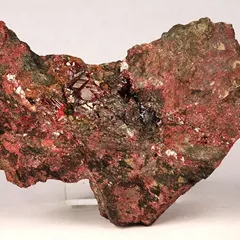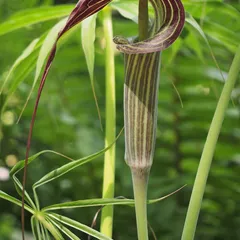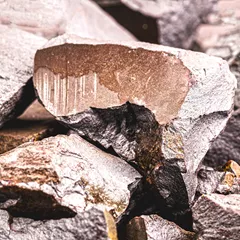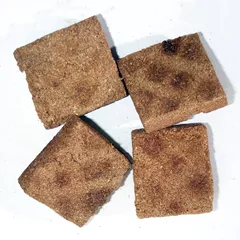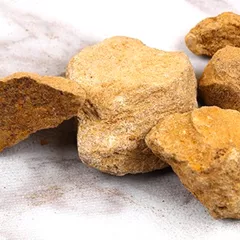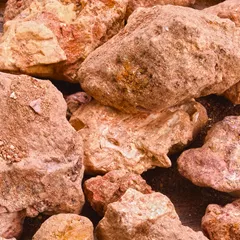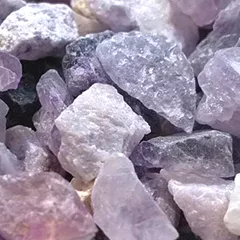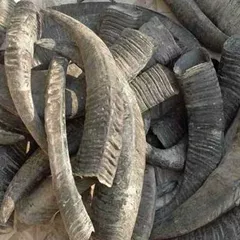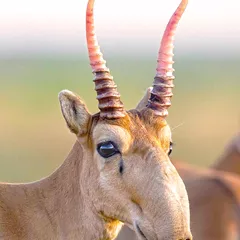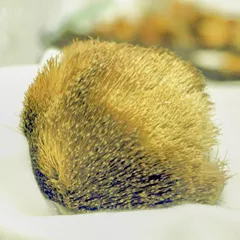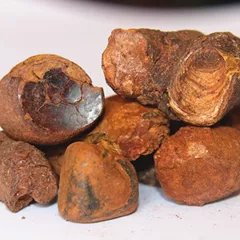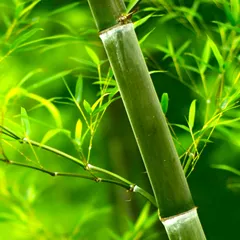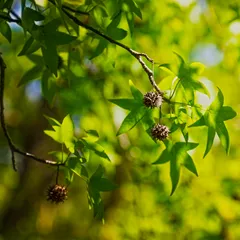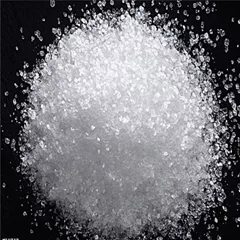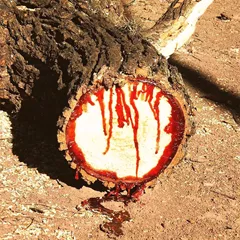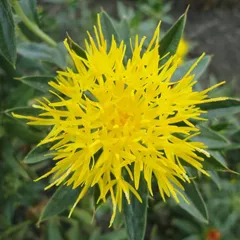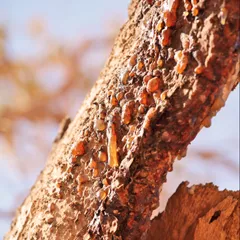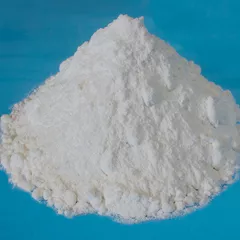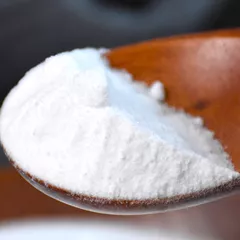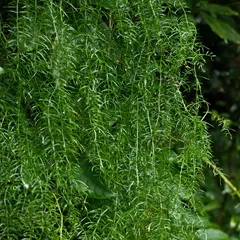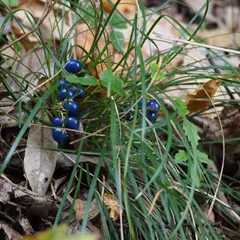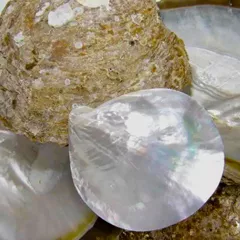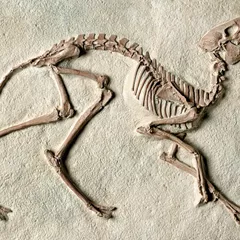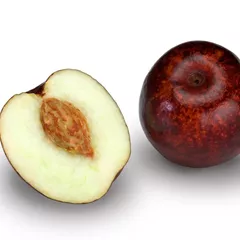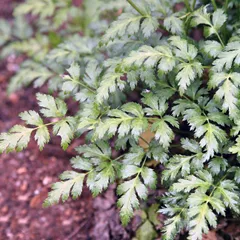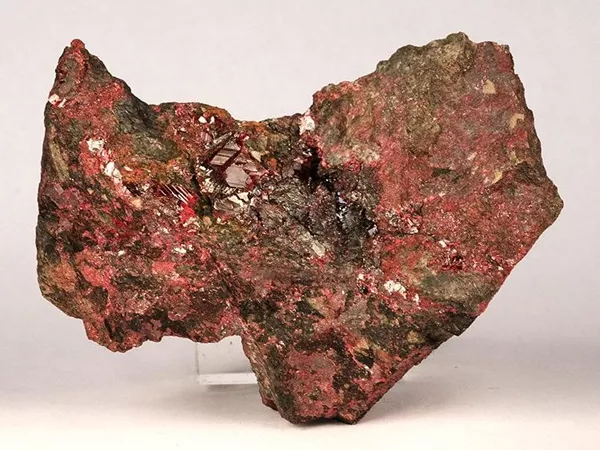
Zhu Sha
Zhu Sha
English: Cinnabar
Chinese: 朱砂
Parts used: The mineral itself
TCM category: Herbs that anchor and calm the Spirit
TCM nature: Cool
TCM taste(s): Sweet
Organ affinity: Heart
Scientific name: Mercury sulfide
Other names: Cinnabarite
Use of Zhu Sha (cinnabar) in TCM
Please note that you should never self-prescribe TCM ingredients. A TCM ingredient is almost never eaten on its own but as part of a formula containing several ingredients that act together. Please consult a professional TCM practitioner, they will be best able to guide you.
Preparation: Crush the mineral into a powder
Dosage: 0.3 - 2 grams
Main actions according to TCM*: Calms the spirit and Heart. Stops convulsions. Clears Heat and toxins.
Primary conditions or symptoms for which Zhu Sha may be prescribed by TCM doctors*: Palpitations Insomnia Restlessness Convulsions Fever Epilepsy Boils Carbuncles Sores Snake bites
Contraindications*: This is a toxic mineral that contains mercury, it should not be used in large doses or for extended periods of time. Cinnabar should not be used by those without Heat signs. DO NOT COOK as this will increase its toxicity.
Common TCM formulas in which Zhu Sha is used*
Sheng Tie Luo Yin
Source date: 1732 AD
Number of ingredients: 15 herbs
Formula key actions: Sedates the Heart . Clears Phlegm. Clears Fire. Calms the Mind.
Conditions targeted*: EpilepsyBi-Polar disorder and others
Zhu Sha is a king ingredient in Sheng Tie Luo Yin. Like the name indicates, it means it has more power than other ingredients in the formula.
In Sheng Tie Luo Yin, Zhu Sha enters the Heart and strongly anchors and calms the
Mind.
Ci Zhu Wan
Source date: 650 AD
Number of ingredients: 4 herbs
Formula key actions: Heavily sedates and calms the Mind . Pacifies Rising Yang . Improves the vision and hearing.
Conditions targeted*: CataractsOptic nerve atrophy and others
Zhu Sha is a deputy ingredient in Ci Zhu Wan. This means it helps the king ingredient(s) treat the main pattern or it serves to treat a coexisting pattern.
In Ci Zhu Wan, Zhu Sha sedates and calms the Mind and clears Heat from the Heart.
Cinnabar is red and corresponds to the Fire phase, like the Heart. Magnetite is black and corresponds to the water phase, like the Kidneys.
Together, they anchor the Mind and pacify the floating Heart Yang so that it can interact with the Kidneys. In this manner, the Fire in the Heart is controlled and the Essence in the Kidneys is able to rise, which gradually resolves the condition.
Zhen Ling Dan
Source date: 1107 AD
Number of ingredients: 8 herbs
Formula key actions: Stabilizes uterine bleeding . Clears Blood Stagnation .
Conditions targeted*: Dysfunctional uterine bleedingPelvic inflammatory disease and others
Zhu Sha is an assistant ingredient in Zhen Ling Dan. This means that it either serves to reinforces the effect of other ingredients or it moderates their toxicity.
In Zhen Ling Dan, Zhu Sha calms the Mind, which is often disturbed by the bleeding and pain.
Zi Xue Dan
Source date: 752 AD
Number of ingredients: 17 herbs
Formula key actions: Clears Heat. Opens the sensory orifices. Controls spasms and convulsions. Extinguishes Wind.
Conditions targeted*: Acute encephalitisAcute meningitis and others
Zhu Sha is an assistant ingredient in Zi Xue Dan. This means that it either serves to reinforces the effect of other ingredients or it moderates their toxicity.
In Zi Xue Dan, Zhu Sha , with Magnetite, augments the Yin to reestablish communication between the Heart and Kidneys.
Zhi Bao Dan
Source date: 1075
Number of ingredients: 9 herbs
Formula key actions: Clears Heat. Opens the sensory orifices. Resolves toxicity. Transforms Phlegm .
Conditions targeted*: Acute encephalitisAcute meningitis and others
Zhu Sha is an assistant ingredient in Zhi Bao Dan. This means that it either serves to reinforces the effect of other ingredients or it moderates their toxicity.
In Zhi Bao Dan, Zhu Sha sedates the Heart and calm the Mind, resolving the irritability and impairment of speech and consciousness.
Hui Chun Dan
Source date: Late 18th century
Number of ingredients: 19 herbs
Formula key actions: Opens the sensory orifices. Arrests spasms and convulsions. Clears Heat and transforms Phlegm.
Conditions targeted*: Acute encephalitisAcute meningitis and others
Zhu Sha is an assistant ingredient in Hui Chun Dan. This means that it either serves to reinforces the effect of other ingredients or it moderates their toxicity.
In Hui Chun Dan, Zhu Sha calms the Heart.
Su He Xiang Wan
Source date: 752 AD
Number of ingredients: 15 herbs
Formula key actions: Warms and aromatically opens the sensory orifices. Promotes the movement of Qi. Transforms turbidity.
Conditions targeted*: Cerebrovascular accidentEncephalitis and others
Zhu Sha is an assistant ingredient in Su He Xiang Wan. This means that it either serves to reinforces the effect of other ingredients or it moderates their toxicity.
In Su He Xiang Wan, Zhu Sha sedates the Heart and calm the Mind.
Qi Li San
Source date: 1762 AD
Number of ingredients: 8 herbs
Formula key actions: Invigorates the blood and removes Blood Stagnation . Invigorates Qi . Reduces swelling and pain. Stops bleeding .
Conditions targeted*: Stasis by traumatic injuryContusions and others
Zhu Sha is an assistant ingredient in Qi Li San. This means that it either serves to reinforces the effect of other ingredients or it moderates their toxicity.
In Qi Li San, Zhu Sha relieve the fright and calm the Mind. It is because traumatic injury can be startling or frightening, it may cause disorder of the Qi and confusion or panic.
Bing Peng San
Source date: 1617 AD
Number of ingredients: 4 herbs
Formula key actions: Clears Toxic-Heat. Dispels putrescence. Reduces swellings and relieves pain.
Conditions targeted*: ThrushGingivitis and others
Zhu Sha is an assistant ingredient in Bing Peng San. This means that it either serves to reinforces the effect of other ingredients or it moderates their toxicity.
In Bing Peng San, Zhu Sha unblock the vessels and resolve Toxicity.
Tian Wang Bu Xin Dan
Source date: 16th century
Number of ingredients: 14 herbs
Formula key actions: Enriches the Yin. Nourishes the Blood. Clears Heat. Calms the Mind.
Conditions targeted*: Perimenopausal syndromeChronic urticaria and others
Zhu Sha is an envoy ingredient in Tian Wang Bu Xin Dan. This means that it directs the formula towards certain area of the body and/or harmonizes the actions of other ingredients.
In Tian Wang Bu Xin Dan, Zhu Sha anchors and calms the wayward Mind.
Zhen Zhu Mu Wan
Source date: 1132 AD
Number of ingredients: 11 herbs
Formula key actions: Nourishes the Yin and Blood . Sedates the Heart and calms the Mind . Calms the Liver. Anchors the yang.
Conditions targeted*: EpilepsyCataract and others
Zhu Sha is an envoy ingredient in Zhen Zhu Mu Wan. This means that it directs the formula towards certain area of the body and/or harmonizes the actions of other ingredients.
In Zhen Zhu Mu Wan, Zhu Sha focuses the action of the entire formula on the Mind.
Niu Huang Qing Xin Wan
Source date: 1568 AD
Number of ingredients: 6 herbs
Formula key actions: Clears Heat and resolves Toxicity. Calms the Mind. Opens up the Orifices.
Conditions targeted*: Viral encephalitisMeningitis and others
Key TCM concepts behind Zhu Sha's properties
In Traditional Chinese Medicine (TCM), Zhu Sha belongs to the 'Herbs that anchor and calm the Spirit' category. These herbs are substances that tranquilize the Mind and treat symptoms such as restlessness, palpitations, anxiety or insomnia. They tend to have sedative properties by weighing the Qi downwards and should generally be used for a limited time only.
Furthermore Zhu Sha is Cool in nature. This means that Zhu Sha tends to help people who have too much 'Heat' in their body, although with less effect than a plant that would be Cold in nature. Balance between Yin and Yang is a key health concept in TCM. Those who have too much Heat in their body are said to either have a Yang Excess (because Yang is Hot in nature) or a Yin deficiency (Yin is Cold in Nature). Depending on your condition Zhu Sha can help restore a harmonious balance between Yin and Yang.
Zhu Sha also tastes Sweet. The so-called 'Five Phases' theory in Chinese Medicine states that the taste of TCM ingredients is a key determinant of their action in the body. Sweet ingredients like Zhu Sha tends to slow down acute reactions and detoxify the body. They also have a tonic effect because they replenish Qi and Blood.
The tastes of ingredients in TCM also determine what Organs and Meridians they target. As such Zhu Sha is thought to target the Heart. In addition to regulating Blood flow, in TCM the Heart is believed to be the store of the 'Mind' which basically refers to someone's vitality.

